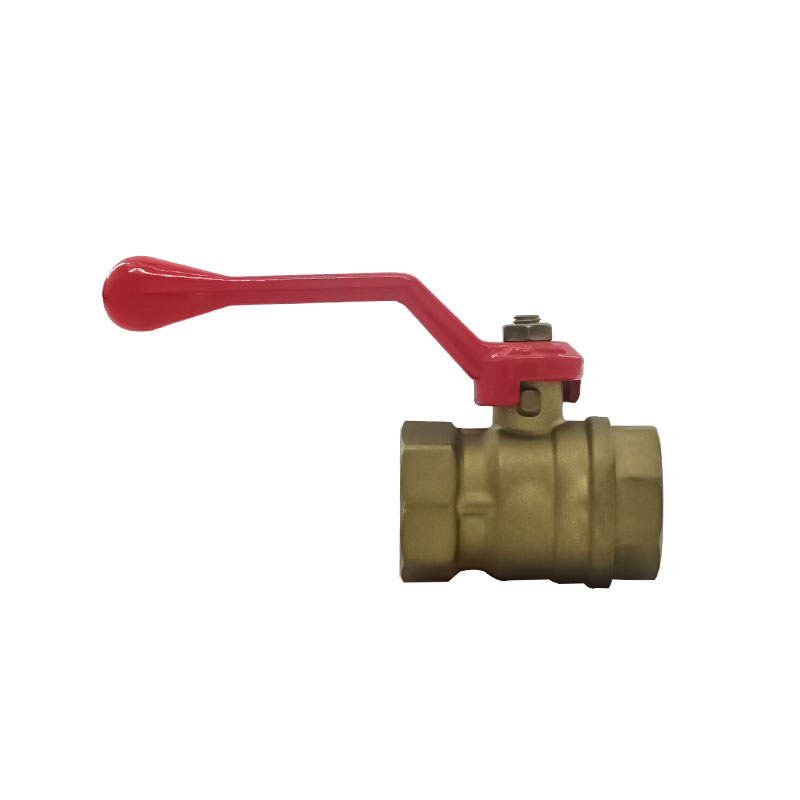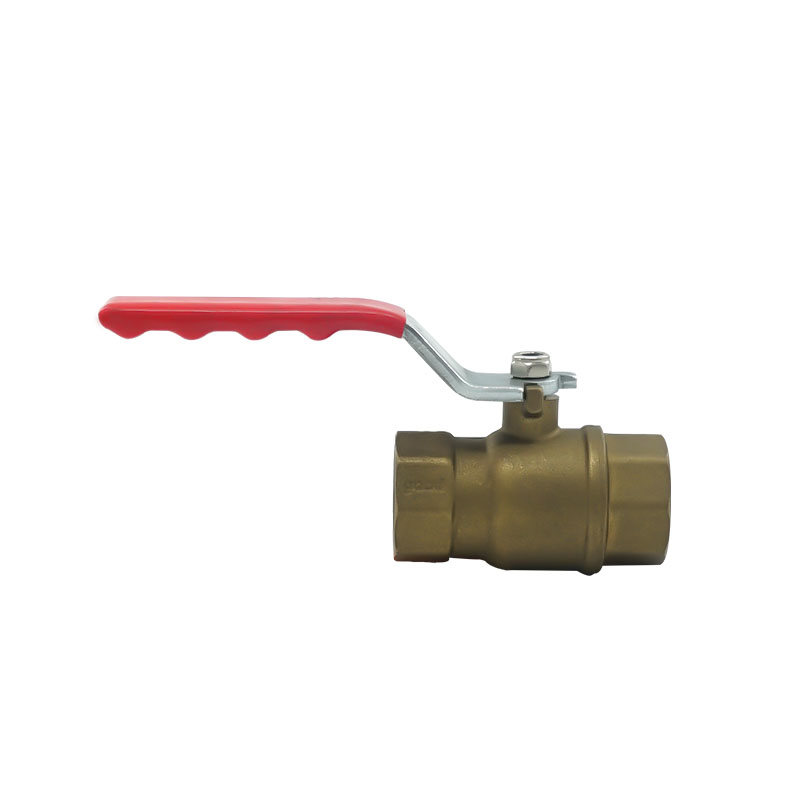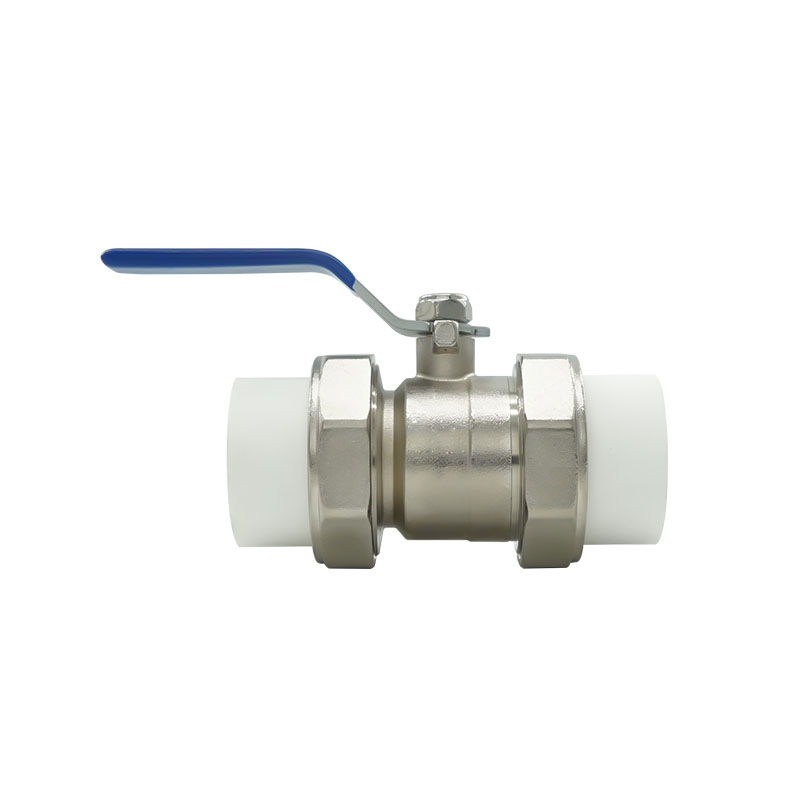A ball valve is a valve that controls the flow of fluid by rotating the ball. Its working principle is to drive the ball to rotate 90 degrees around the axis through the valve stem, thereby opening or closing the fluid. The main components of a ball valve include a ball, a valve stem and a valve body, in which the ball usually has a circular through hole or channel passing through its axis.
Contents

Working Principle
The working principle of a ball valve is to control the fluid by rotating the ball. When the ball rotates 90 degrees, the channel is fully opened or closed, thereby achieving the on-off of the fluid. The ball valve only needs to rotate 90 degrees and a very small torque to close tightly, which makes its operation very simple.
Classification
Ball valves can be divided into the following categories according to the driving method:
Manual ball valve: Open and close by manual operation.
Pneumatic ball valve: Driven by compressed air.
Electric ball valve: Driven by an electric motor.
Hydraulic ball valve: Driven by hydraulic pressure.
Pneumatic and hydraulic ball valve: Combined with pneumatic and hydraulic drive.
Turbine Driven Ball Valve: Driven by a turbine mechanism.

Application Scenarios
Ball valves are widely used in various industrial fields, including oil refining, long-distance pipelines, chemicals, papermaking, pharmaceuticals, water conservancy, electricity, municipal administration and steel. Due to its compact structure, easy operation and convenient maintenance, ball valves occupy an important position in these industries.


